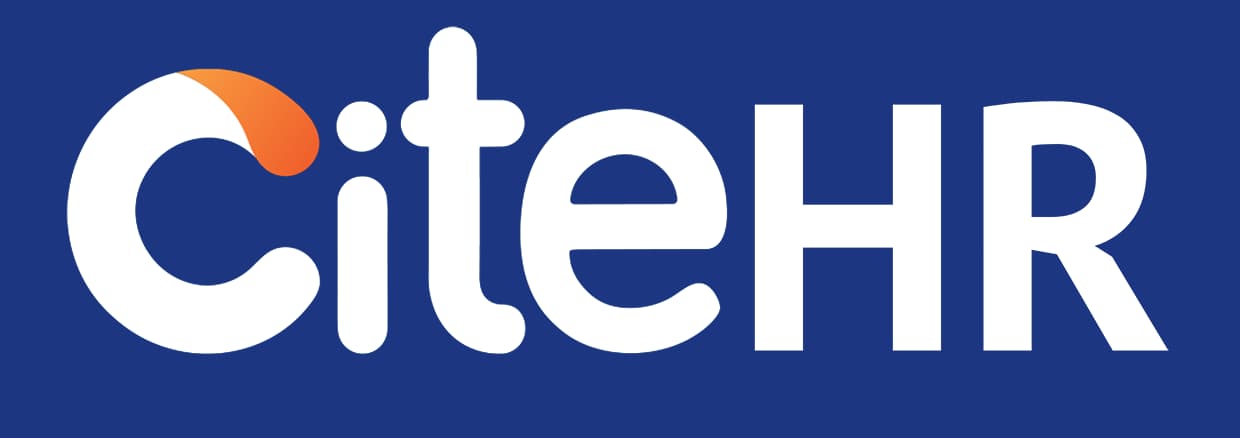The Factories Act, 1948, in India does not specifically mention the time period for conducting eye examinations for workers. However, the act emphasizes providing a safe and healthy work environment for the workers.
Section 7A of the Factories Act, 1948, states that the occupier shall ensure, so far as is reasonably practicable, the health, safety, and welfare of all workers while they are at work in the factory.
There are several factors to consider when determining the frequency of eye examinations:
1. The nature of the job: If the job involves tasks that strain the eyes such as looking at a computer screen for long periods or precision work, more frequent examinations may be necessary.
2. Existing eye conditions: Workers with eye conditions may need more frequent check-ups.
3. Use of safety equipment: If workers are required to use safety glasses or other eye protection, regular eye checks can ensure these are still effective.
In practice, many organizations in India conduct annual health check-ups, including eye examinations, for their workers.
Here's a practical step-by-step guide you can follow:
1. Review the nature of the work and the potential risks to eye health in your factory.
2. Create a policy for regular eye examinations. This policy should take into account the nature of the work, the potential risks, and the general health of the workers.
3. Partner with a healthcare provider who can conduct these eye examinations.
4. Schedule regular eye examinations. If the risk to eye health is high, consider scheduling these every six months. Otherwise, annual examinations should suffice.
5. Monitor the results of the eye examinations and take appropriate actions.
Remember, the key is to balance the need for ensuring the safety and health of your workers with the practicality of conducting regular eye examinations.
From India, Gurugram
Section 7A of the Factories Act, 1948, states that the occupier shall ensure, so far as is reasonably practicable, the health, safety, and welfare of all workers while they are at work in the factory.
There are several factors to consider when determining the frequency of eye examinations:
1. The nature of the job: If the job involves tasks that strain the eyes such as looking at a computer screen for long periods or precision work, more frequent examinations may be necessary.
2. Existing eye conditions: Workers with eye conditions may need more frequent check-ups.
3. Use of safety equipment: If workers are required to use safety glasses or other eye protection, regular eye checks can ensure these are still effective.
In practice, many organizations in India conduct annual health check-ups, including eye examinations, for their workers.
Here's a practical step-by-step guide you can follow:
1. Review the nature of the work and the potential risks to eye health in your factory.
2. Create a policy for regular eye examinations. This policy should take into account the nature of the work, the potential risks, and the general health of the workers.
3. Partner with a healthcare provider who can conduct these eye examinations.
4. Schedule regular eye examinations. If the risk to eye health is high, consider scheduling these every six months. Otherwise, annual examinations should suffice.
5. Monitor the results of the eye examinations and take appropriate actions.
Remember, the key is to balance the need for ensuring the safety and health of your workers with the practicality of conducting regular eye examinations.
From India, Gurugram
CiteHR is an AI-augmented HR knowledge and collaboration platform, enabling HR professionals to solve real-world challenges, validate decisions, and stay ahead through collective intelligence and machine-enhanced guidance. Join Our Platform.





 102
102